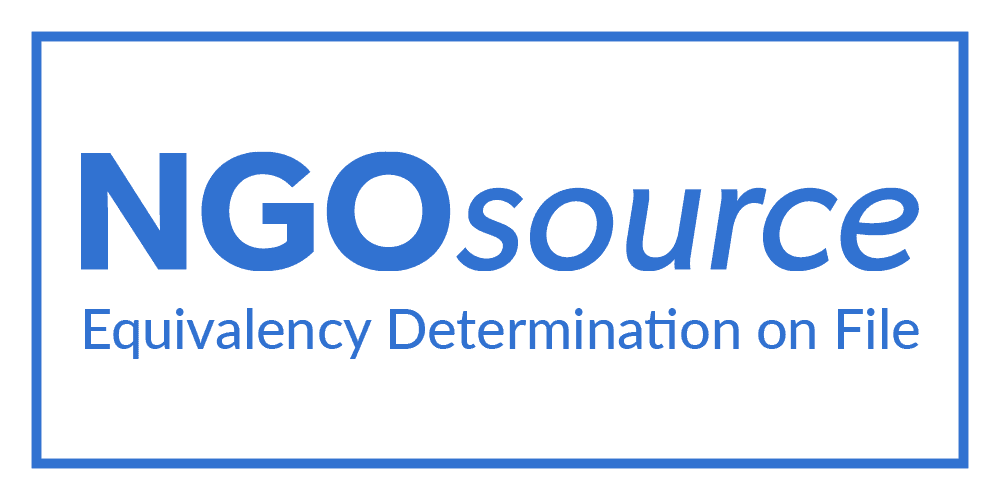
Behavioural Interventions for Financial Services Database
This database reflects a systematic review of behaviourally informed interventions that have significantly impacted the financial decisions of individuals as they engage with credit, savings, payment and insurance products (excluding health insurance). The criteria for inclusion were studies where: Rigorous research (RCT, lab or field experiments) was undertaken A behavioural

















